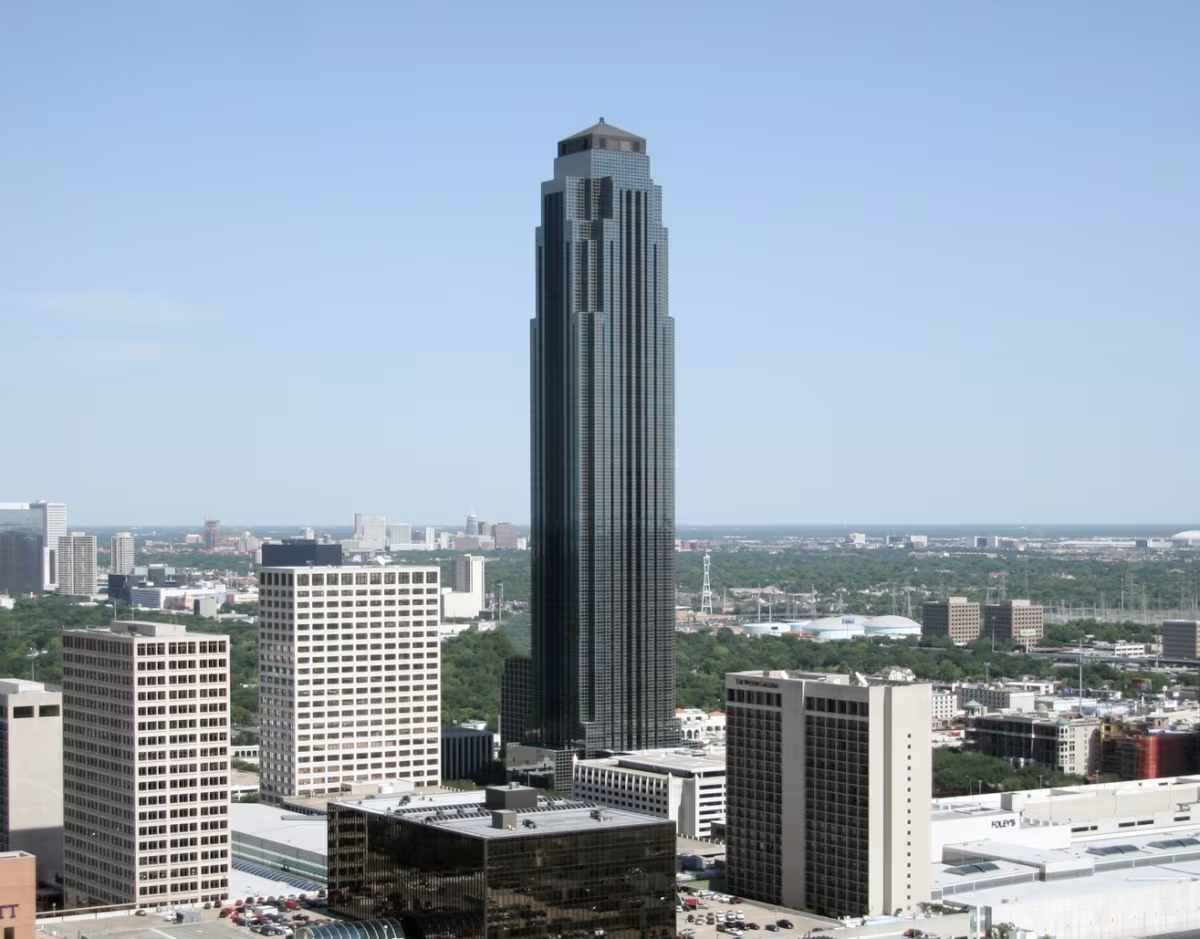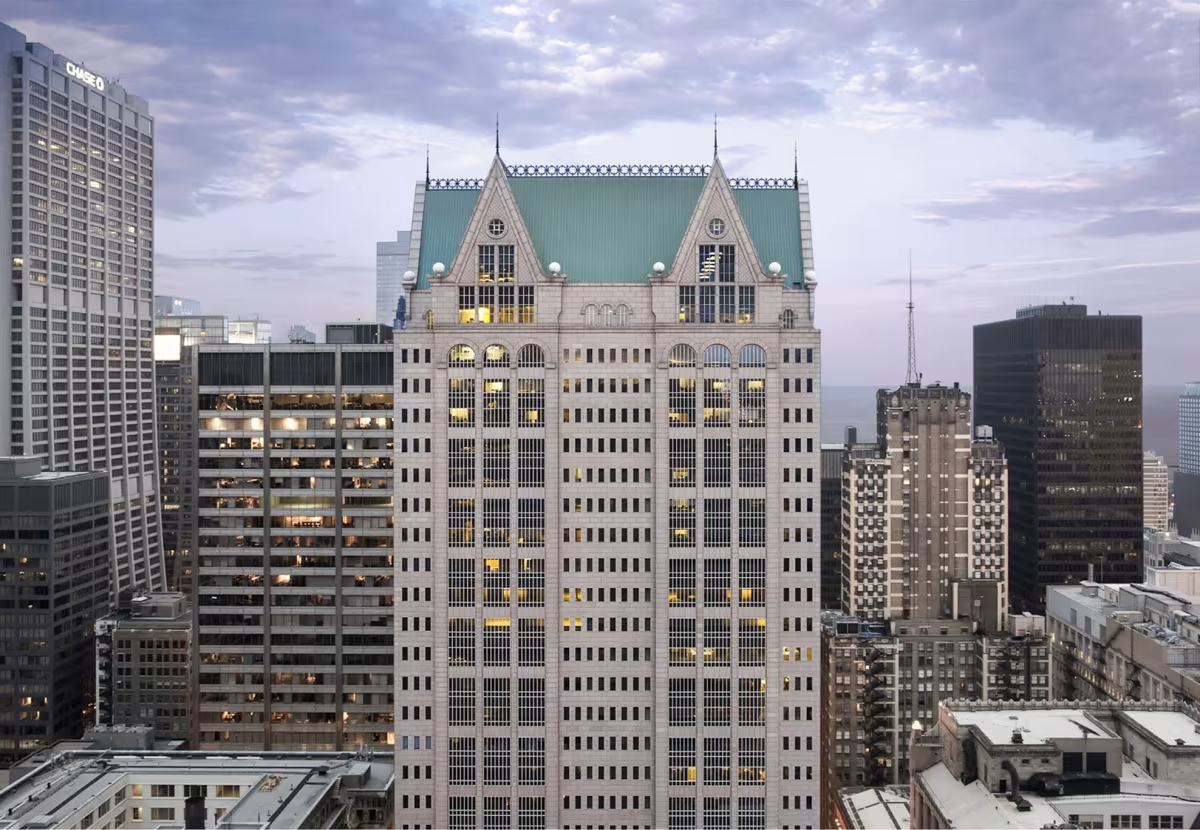Williams Tower vs 190 South LaSalle Street


Comparing the Williams Tower and the 190 South LaSalle Street is an interesting exercise, because even though they are located in different cities (Houston, TX and Chicago, IL), both were designed by Johnson/Burgee Architects and finished within within 4 years of each other. This gives us the chance to see how the same architect's ideas were expressed in different urban contexts almost simultaneously.
Height & Size
The Williams Tower is clearly the larger tower of the two, both in terms of height and number of floors. It rises to 902ft (275m) with 64 floors above ground, while the 190 South LaSalle Street reaches 574ft (175m) with 40 floors above ground.
Of course, each project may have faced different briefs or regulatory constraints, which we don't really know about and could also explain the outcome.
Architectural Style
Both the Williams Tower and the 190 South LaSalle Street were designed in line with the aesthetic conventions of the Postmodernism style.
At the time, this style was at the height of its popularity. So Johnson/Burgee Architects followed what was in many ways expected at the time, producing designs that fit comfortably within contemporary architectural norms rather, than breaking with convention.
Uses
Both the Williams Tower and the 190 South LaSalle Street were designed to serve as commercial towers, and that has remained their main use since their completion, serving similar roles in the urban fabric.
Both towers provide significant parking capacity, with Williams Tower offering 3280 spaces and the 190 South LaSalle Street offering 55.
Structure & Facade
Both towers share the same structural solution, a Frame system.
A frame structure uses a grid of columns and beams to carry the building's loads. This frees the walls from structural duties, allowing for flexible floor plans and larger windows.
However, when it comes to the facade, both buildings use different approaches. The Williams Tower uses a Curtain Wall facade, while the 190 South LaSalle Street uses a Modular facade.
A Curtain Wall facade like the one seen in the Williams Tower uses a lightweight glass curtain wall hung from the structure, while a modular facade like the one seen in the 190 South LaSalle Street employs prefabricated panels, often mixing solid surfaces with smaller windows.
| Williams Tower | 190 South LaSalle Street | |
|---|---|---|
| Johnson/Burgee Architects | Architect | Johnson/Burgee Architects |
| 1981 | Construction Started | 1985 |
| 1983 | Year Completed | 1987 |
| Postmodernism | Architectural Style | Postmodernism |
| Commercial | Current Use | Commercial |
| 64 | Floors Above Ground | 40 |
| 275 m | Height (m) | 175 m |
| 137,718 m² | Usable Area (m²) | 74,209 m² |
| 49 | Number of Elevators | 20 |
| Frame | Structure Type | Frame |
| Steel | Vertical Structure Material | Steel |
| Concrete | Horizontal Structure Material | Steel, Concrete |
| No | Facade Structural? | No |
| J.A. Jones Construction Co. | Main Contractor | Turner Construction Company |
| Gerald D Hines Interests | Developer | The John Buck Company |
| CBM Engineers Inc. | Structural Engineer | Cohen Barreto Marchertas |
| Enclos Corp. | Facade Consultant | Midwest Curtainwalls |
| TX | State | IL |
| Houston | City | Chicago |
| 2800 Post Oak Boulevard | Address | 190 South LaSalle Street |